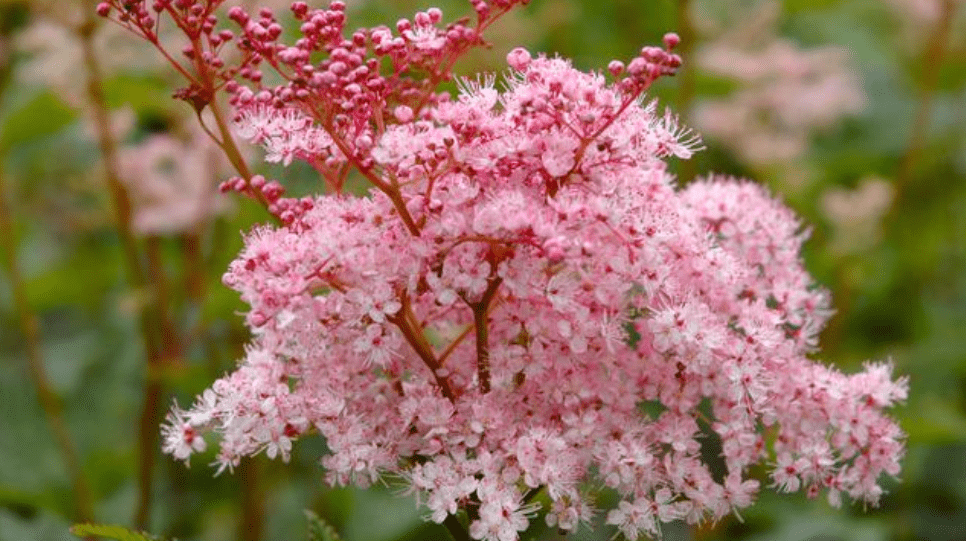
Discover the Beauty of Filipendula: Tips for a Stunning Garden Display
Filipendula is a stunning and versatile plant that can add a touch of elegance to any garden. In this post, we will explore the beauty of Filipendula and provide tips for creating a stunning garden display using these beautiful plants. From the best growing conditions to creative ways to incorporate Filipendula into your garden, we will cover everything you need to know to make your garden a true showcase of natural beauty. Whether you are a seasoned gardener or just starting out, these tips will help you create a beautiful and vibrant garden display that will be the envy of your neighborhood.
Table of Contents
ToggleUnderstanding Filipendula
A. Varieties of Filipendula
Varieties of Filipendula include the popular ‘Kahome’, ‘Venusta’, and ‘Red Umbrellas’. Each variety has its own unique characteristics, from feathery foliage to vibrant flowers, making them an excellent choice for creating different visual effects in your garden.
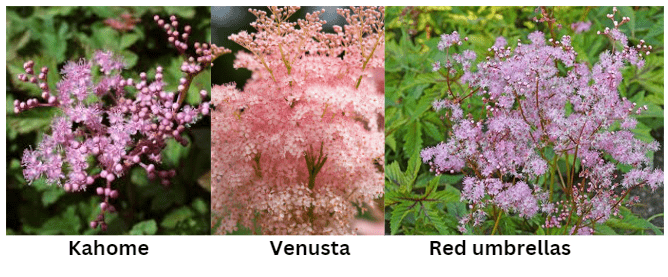
B. Benefits of Growing Filipendula
Filipendula is known for its beautiful and delicate appearance, making it a popular choice for gardeners looking to add a touch of elegance to their outdoor spaces. In addition to their stunning visual appeal, Filipendula plants also attract pollinators such as bees and butterflies, helping to support local ecosystems. These plants are also relatively low maintenance, making them a great option for busy gardeners looking for a low-fuss addition to their garden.
Planning Your Filipendula Garden
A. Site Selection
When planning your Meadowsweet garden, it’s important to choose a site that receives partial to full sunlight and has well-drained soil. Filipendula plants thrive in moist, rich, and slightly acidic soil, so be sure to take this into consideration when selecting a location for your garden. Additionally, consider the height and spread of the varieties you choose, and plan accordingly to ensure they have enough space to grow and flourish. With proper planning and care, your Meadowsweet garden can be a beautiful and beneficial addition to your outdoor space.
B. Preparing the Soil
To prepare the soil for your Meadowsweet garden, start by clearing the area of any debris and weeds. Then, loosen the soil to a depth of about 12 inches and amend it with organic matter such as compost or peat moss to improve drainage and fertility. You may also need to adjust the pH level of the soil to ensure it is slightly acidic, which is ideal for Filipendula plants. Once the soil is prepared, you can begin planting your Filipendula varieties, taking care to space them according to their height and spread. With proper soil preparation, your Filipendula garden will have a healthy and thriving start.
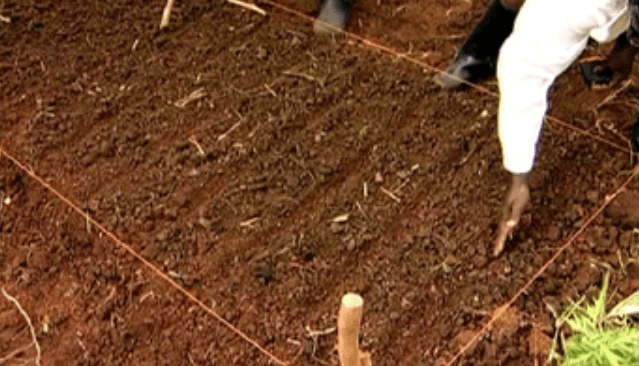
Planting Filipendula
A. Sourcing Plants or Seeds
When sourcing plants or seeds for your Filipendula garden, it’s important to choose varieties that are well-suited to your climate and growing conditions. Look for reputable nurseries or online suppliers that offer healthy and disease-free plants. If you opt for seeds, make sure they are fresh and from a reliable source. It’s also a good idea to research the specific requirements of the Filipendula varieties you’re interested in, such as sun exposure, soil type, and watering needs. By selecting the right plants or seeds, you can ensure a successful and beautiful Meadowsweet garden.
B. Planting Process
When planting Meadowsweet it’s important to choose a location with well-draining soil and partial to full sun exposure. Before planting, prepare the soil by loosening it and removing any weeds or debris. Dig a hole that is slightly larger than the root ball of the plant and place the Lady’s Mantle in the hole, making sure the top of the root ball is level with the surrounding soil.
Water the plant thoroughly after planting and continue to water regularly, especially during periods of dry weather. Mulching around the base of the plant can help retain moisture and suppress weeds. It’s also important to be mindful of any specific watering or fertilizing requirements for the particular variety of Filipendula you are planting.
Overall, the key to successful planting of Lady’s Mantle is to provide the right growing conditions and to properly care for the plants as they establish themselves in your garden.
Caring for Filipendula
A. Watering Needs
Filipendula plants have moderate watering needs. It is important to water the plant thoroughly after planting and continue to water regularly, especially during dry periods. Mulching around the base of the plant can help retain moisture and suppress weeds. It’s also important to be mindful of any specific watering requirements for the particular variety of Filipendula you are planting. Overall, the key to successful planting of Filipendula is to provide the right growing conditions and to properly care for the plants as they establish themselves in your garden.

B. Fertilization
Lady’s Mantle plants benefit from regular fertilization to promote healthy growth and flowering. A balanced, all-purpose fertilizer can be applied in the spring as new growth emerges, and again in midsummer to support the plant’s continued growth and blooming. Be sure to follow the recommended application rates on the fertilizer package to avoid overfeeding the plants. It’s also a good idea to mulch around the base of the plant with organic matter, as this can help provide some natural nutrients as it breaks down. With proper fertilization, Filipendula plants can thrive and produce beautiful, fragrant blooms in your garden.
C. Pruning and Maintenance
Lady’s Mantle plants require regular pruning and maintenance to keep them healthy and looking their best. Dead or damaged stems should be removed in the early spring to promote new growth. After the plant has finished flowering, you can also deadhead the spent blooms to encourage further flowering. It’s important to keep the soil around the plant well-drained and weed-free to prevent any competition for nutrients. Additionally, dividing the plant every few years can help to rejuvenate it and promote better growth. By staying on top of pruning and maintenance, you can ensure that your Filipendula plants remain healthy and vibrant in your garden.
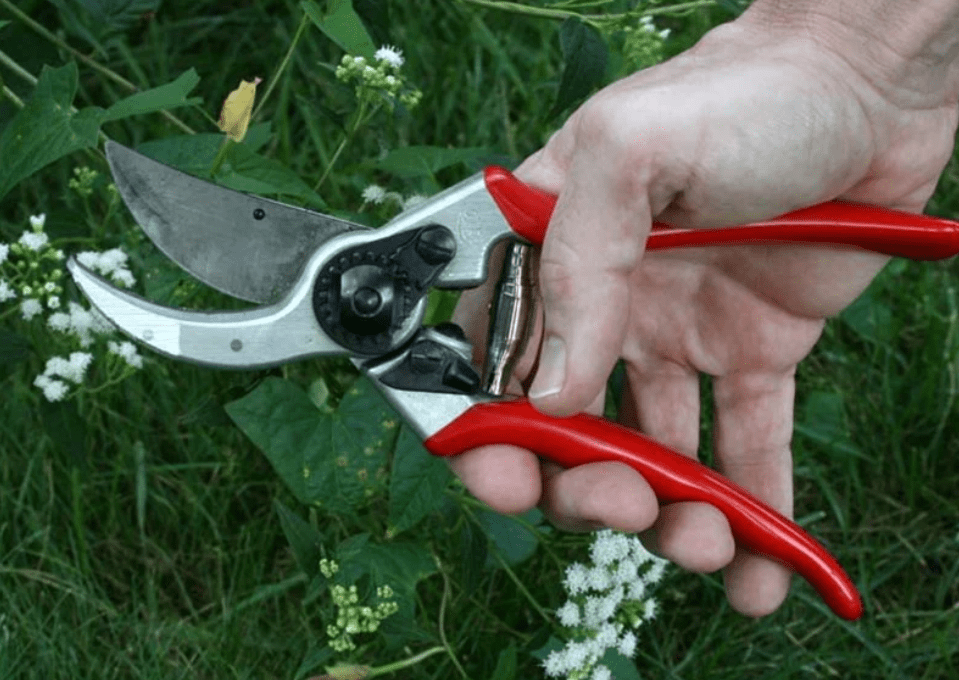
Enhancing Garden Aesthetics with Filipendula
A. Design Tips
When considering how to enhance your garden with Astilbe plants, there are a few design tips to keep in mind. First, consider the height and spread of the plant when choosing its location in the garden. Lady’s Mantle plants can be quite tall, so they are best placed towards the back of a border or mixed in with other tall perennials.
Additionally, consider the color and texture of the Filipendula foliage, which can range from deep green to bronze. This can provide a striking contrast with other plants in the garden.
Finally, think about how the Filipendula plants will fit into the overall aesthetic of your garden. Their feathery plumes of flowers can add a soft and romantic feel to a garden, so consider pairing them with other plants that complement this style. By carefully considering these design tips, you can make the most of your Lady’s Mantle plants and enhance the overall aesthetics of your garden.
B. Seasonal Interest
Filipendula plants can add great seasonal interest to your garden. Their feathery plumes of flowers bloom in the summertime, creating a stunning display of color and texture. Additionally, the foliage of Filipendula can change from deep green to bronze, providing visual interest throughout the growing season. By incorporating Filipendula into your garden design, you can ensure that there is always something eye-catching to admire. Whether it’s the lush greenery in the early season or the beautiful flowers in the summertime, Filipendula plants can bring a pop of seasonal interest to your garden.
Propagation of Filipendula
A. Methods of Propagation
There are several methods of propagating Filipendula plants. One common method is by division, where you can split the plant into smaller sections and replant them in different areas of your garden. This can help to create a more uniform and full look to your garden. Another method is by seed, which can be collected from the plant and sown in the spring for new growth. Additionally, Filipendula can also be propagated through root cuttings, where you can take a section of the plant’s roots and replant it to create a new plant. These methods of propagation can help you to expand your Filipendula garden and create a beautiful and cohesive look.
B. Step-by-Step Propagation Guide
- Division: To propagate Filipendula through division, carefully dig up the plant and separate the roots into smaller sections. Replant the sections in well-drained soil and water regularly until new growth appears.
- Seed: Collect seeds from the plant in the fall and sow them in the spring. Make sure to provide adequate moisture and sunlight for the seeds to germinate and grow.
- Root cuttings: Select a healthy section of the plant’s roots and cut it into smaller pieces. Plant the cuttings in moist soil and keep them well-watered until new growth emerges.
By using these methods of propagation, you can easily expand your Filipendula garden and enjoy the beauty of these stunning plants.
Common Challenges and Solutions
A. Pest and Disease Management
To manage pests and diseases in your Filipendula garden, it is important to regularly inspect your plants for any signs of infestation or illness. Common pests that may affect Filipendula include aphids and slugs, which can be controlled using natural remedies such as neem oil or diatomaceous earth. For diseases, such as powdery mildew or leaf spot, it is important to maintain good air circulation around the plants and avoid overhead watering to prevent the spread of these issues. If necessary, you can also use fungicidal sprays to manage any fungal diseases. By staying vigilant and taking proactive measures, you can effectively manage pest and disease issues in your Filipendula garden.
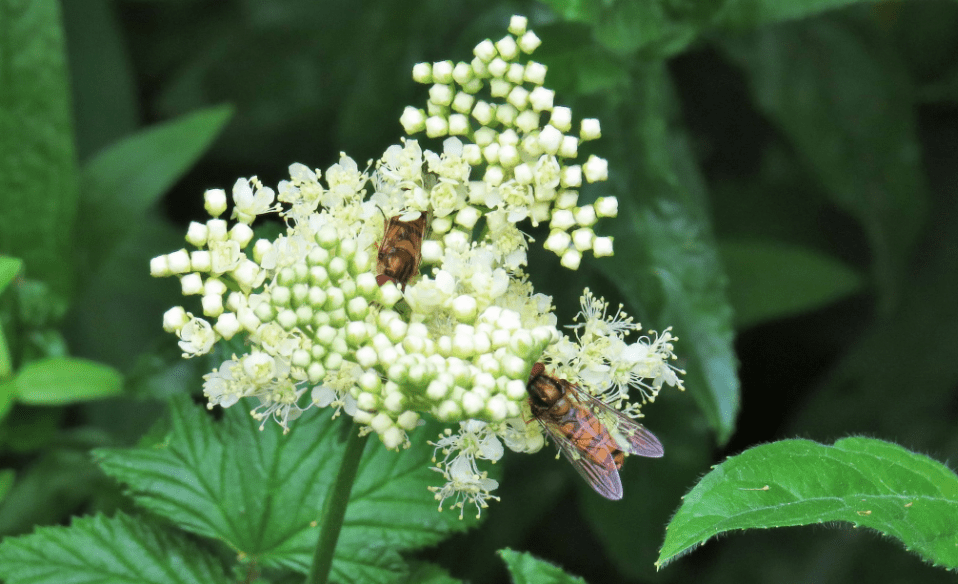
1. Organic and chemical control methods
For organic control methods, you can use neem oil or diatomaceous earth to manage pests such as aphids and slugs. These natural remedies are effective in controlling infestations without harming the plants or the environment. For chemical control methods, you can use fungicidal sprays to manage fungal diseases such as powdery mildew or leaf spot. It is important to choose products that are specifically formulated for the type of pest or disease you are dealing with, and always follow the instructions on the label to ensure safe and effective use.
B. Troubleshooting Growth Issues
If you notice any growth issues in your Filipendula garden, such as stunted growth or yellowing leaves, it could be a sign of nutrient deficiencies. You can address this by applying a balanced fertilizer to provide the necessary nutrients for healthy growth. Additionally, make sure your plants are getting adequate water and sunlight, as these are essential for optimal growth. If the issues persist, consider testing the soil to determine any underlying issues and adjust your gardening practices accordingly. By addressing these issues promptly, you can ensure the overall health and vitality of your Filipendula garden.
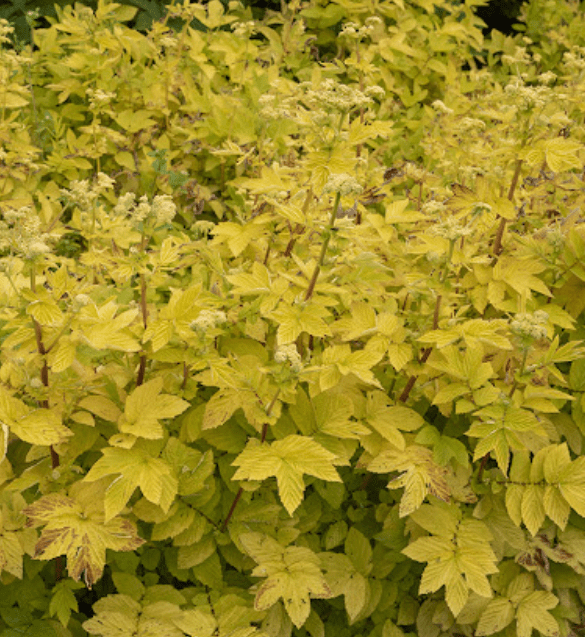
Showcasing Filipendula in Your Garden
A. Garden Design Inspirations
When showcasing Filipendula in your garden, there are a few design inspirations you can consider. Since Filipendula is known for its beautiful, feathery blooms, it can be a great addition to a cottage garden or a naturalistic, wildflower garden. You can also incorporate it into a border or mixed perennial bed for a pop of color and texture. Additionally, Filipendula can thrive in moist, woodland garden settings, so consider adding it to a shady area with rich, moist soil. By incorporating Filipendula into your garden design, you can add a touch of elegance and charm to your outdoor space.
B. Maintenance for Long-Term Beauty
In order to maintain the long-term beauty of Filipendula in your garden, it is important to provide the proper care and maintenance. This includes regular watering to keep the soil consistently moist, especially during dry periods. Mulching around the base of the plant can also help retain moisture and suppress weeds. Additionally, deadheading the spent blooms can encourage more flowering and prevent the plant from self-seeding. It’s also important to divide and replant the clumps every few years to prevent overcrowding and improve overall plant health. With proper maintenance, Filipendula can continue to thrive and add beauty to your garden for years to come.
In conclusion, Filipendula is a stunning and versatile plant that can add beauty and elegance to any garden. By following the tips and guidelines provided in this post, you can create a stunning garden display that will impress and delight your visitors. Whether you’re a seasoned gardener or just starting out, Filipendula is a great addition to any garden and can bring a touch of natural beauty to your outdoor space. So go ahead and explore the beauty of Filipendula and create a stunning garden display that will be the envy of your neighbors.
Frequently Asked Questions (FAQs)
Filipendula is a genus of flowering plants, commonly known as meadowsweets or dropworts. They are known for their beautiful and delicate flowers.
Filipendula thrives in moist, well-drained soil and partial shade. Make sure to water them regularly, especially during dry periods. Deadhead the flowers to encourage more blooms and cut back the foliage in the fall.
Some popular varieties of Filipendula include Filipendula ulmaria (meadowsweet), Filipendula rubra (queen of the prairie), and Filipendula purpurea (purple meadowsweet).
Yes, Filipendula’s fragrant flowers attract bees, butterflies, and other pollinators, making them a great addition to a wildlife-friendly garden.
Filipendula’s airy, feathery flowers and elegant foliage make them perfect for adding height and texture to a garden display. They work well in cottage gardens, woodland gardens, and naturalistic planting schemes.
To maintain a stunning Filipendula display, make sure to plant them in groups for a more impactful effect. Combine them with other moisture-loving plants and grasses for a lush and natural look.
Filipendula is relatively easy to grow as long as you provide them with the right growing conditions, such as moist soil and partial shade. They are also relatively low-maintenance once established.
Yes, Filipendula can be grown in large containers filled with rich, moisture-retentive soil. Just make sure to keep the soil consistently moist, as they don’t tolerate drought well.
